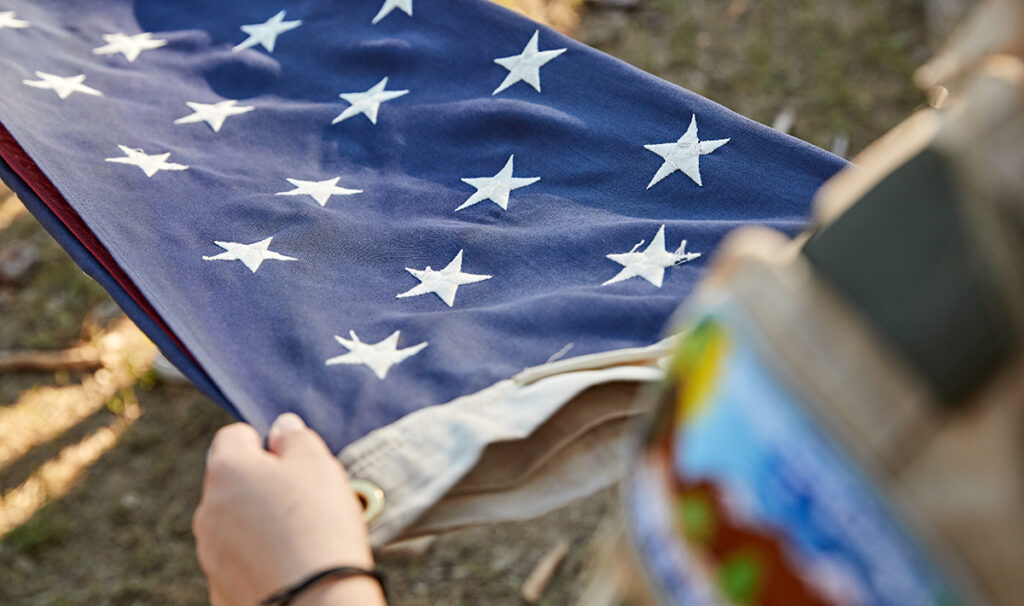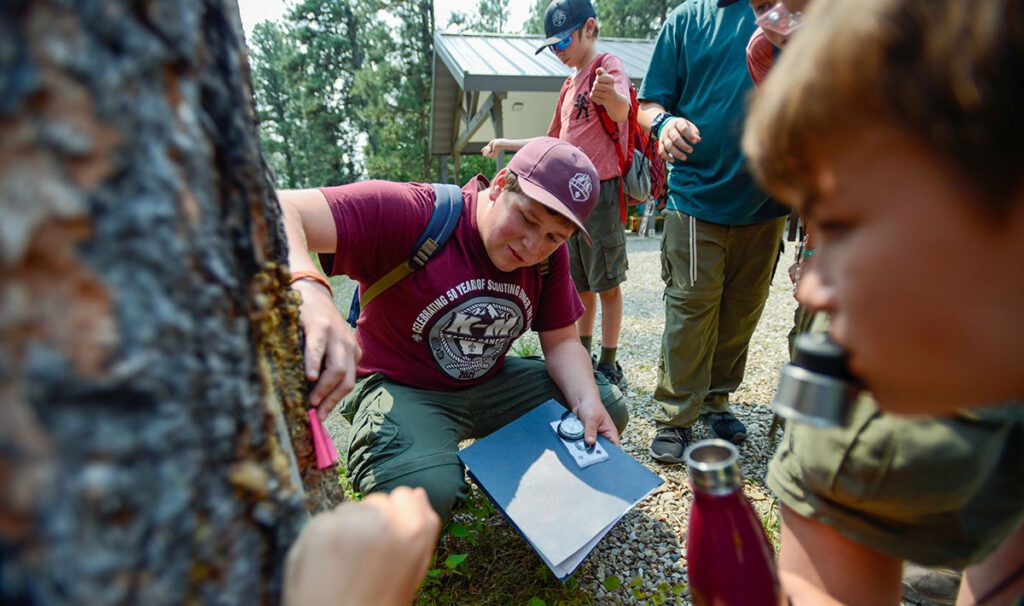Antlers and horns: Do you know the difference?
Some Montana wildlife have appendages on their heads and people often confuse what these are. These appendages are called antlers or horns. Let’s discuss the differences.
Antlers are fast-growing bone that grows from the head of animals like white-tailed and mule deer, elk, moose, and caribou – all members of the mammal family of deer called the Cervidae. Antlers are bone that grows upward from the tip and is shed each year. Only the males have antlers in all these species except for caribou where both males and females have antlers.
When antlers are growing in the late spring and summer, they are filled with blood and covered with velvet which is kind of like a temporary skin. The antler and its velvet covering are living tissue when the antler is growing, and it can be damaged if the animal runs into an object like a tree trunk or branch. This type of damage can result in deformed antlers or a different shaped antler on one side.
In some species like moose and elk, the antlers can grow up to an inch a day making antlers some of the fastest growing tissues in any animal. In late summer, the blood supply to the antlers dries up and the velvet dries out.
At this time the animals rub on small trees and brush to rub off the dried velvet. We can often see these rub trees in the forest. Three factors determine the size of an animal’s antlers: its age, its genetic background, and its nutrition. Antlers get larger each year as the animal ages and are largest usually by the time the animal is 7-10 years old. After that age, the antler growth is slower and older animals have smaller antlers. So, antlers are bone, are found only in the deer family, and are shed and regrow each year.


Horns are found on both sexes in members of the mammal family Bovidae, which includes the bighorn sheep, bison, mountain goats, and domestic cattle and goats. Horns are made of keratin like your fingernails and grow continuously from a bony core on the head.
Horns are not shed each year. Instead, each animal has its horns throughout its life. Horns grow from the base and in animals like big horned sheep the animals can be aged by counting the horn segments that grow each year. Counting annual growth rings is more difficult on mountain goat horns. So, horns are found on members of the Bovidae family and are not shed each year.
A bighorn sheep showing how to count the yearly age rings of growth.
The pronghorn is different in that it has keratin horn sheaths over a bony core on both the males and the females, but these horn sheaths are shed and regrown each year. Pronghorns are the only members of the mammal family Antilocapridae. Males have a “prong” on the front of their horns while female horns are straight and rarely have a prong. Pronghorns are sometimes called pronghorn antelope, but they are not true antelopes, which are not found in North America.


In summary, members of the deer family have antlers. Antlers are made of bone that grows from the tip and are shed and regrow each year. The only female deer who have anthers are caribou.
Members of the Bovid family have horns for both sexes. Horns are made of keratin that grows from the base. Horns are never shed but instead are kept by the animal for its entire life.
Pronghorns are unique in that they alone have keratin horns in both sexes that are shed and regrown each year.
Now you know the difference, so when you hear someone call an elk or deer antler a horn, you can set them straight.
Chris Servheen serves Chairman of the Montana Council’s Conservation Committee.




